Today it’s Bike to Work Day in Colorado and people all over the state are dusting off their two-wheelers and heading out to work.
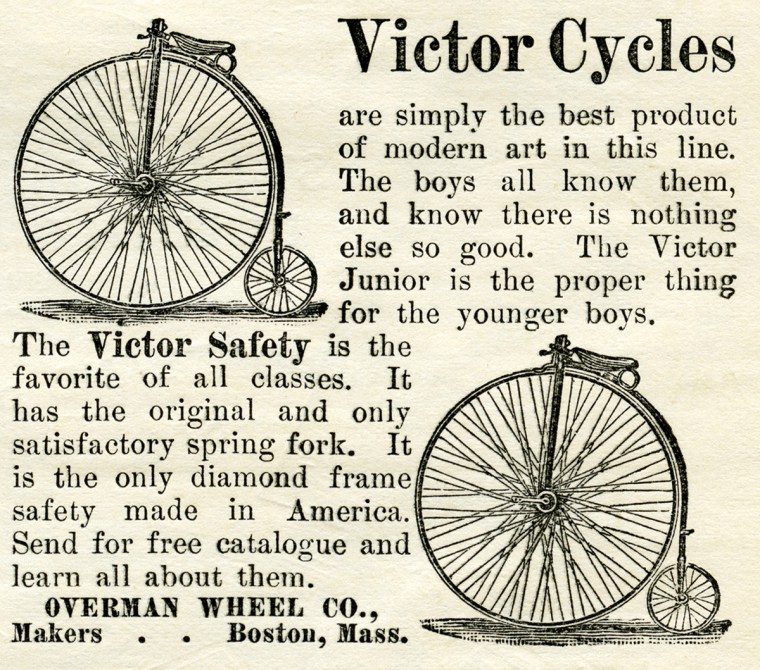
Bicycles have been around since the mid-1800s, when they were something of a novelty. They were expensive to buy and maintain, and they were sold almost exclusively to men.

.
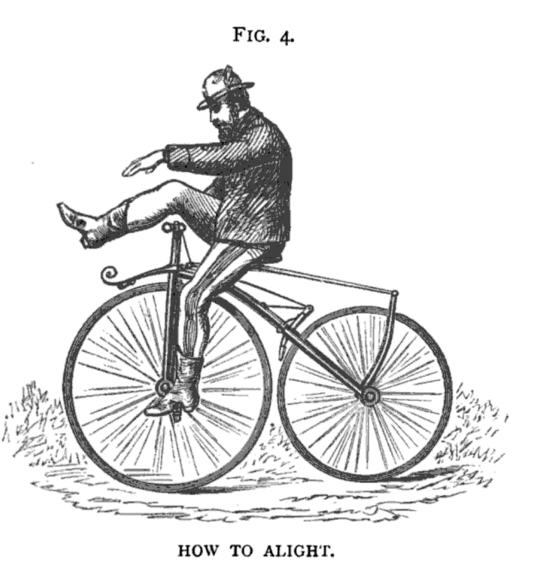
It took exceptional balance and strength to operate an early bicycle and there were inherent dangers in their design.
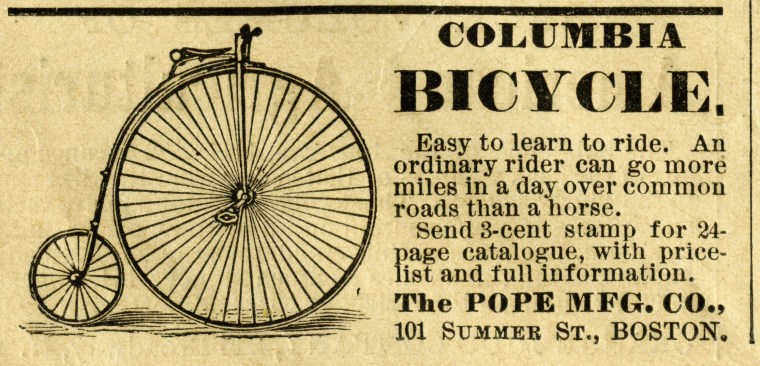
When Isabella published Monteagle in 1886, bicycle riding was an acceptable pastime only for men of means. Her character, Hart Hammond, was a young man caught up in the bicycle craze.
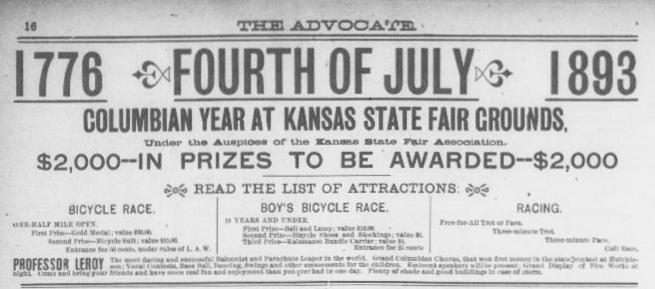
He belonged to a bicycle club, attended races, and may even have ridden in some races himself.

Of all the many things which gave Hart’s mother anxiety, Hart’s involvement with a bicycle club “troubled her the most.”
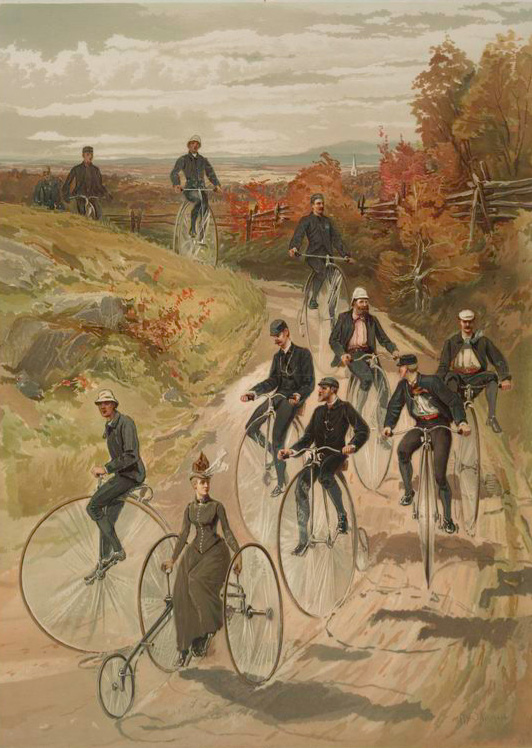
As bicycle design matured, bicycling became safer. By the mid-1890s the early high-perch models had evolved into bicycles very similar in design to our modern bikes.

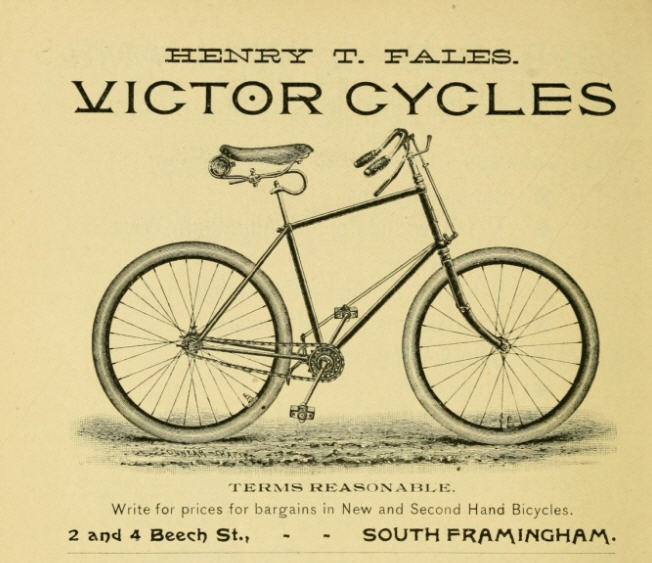
With those design changes, it was feasible for women to take up the sport. But there was an inherent danger of ladies’ skirts getting caught in the wheels.
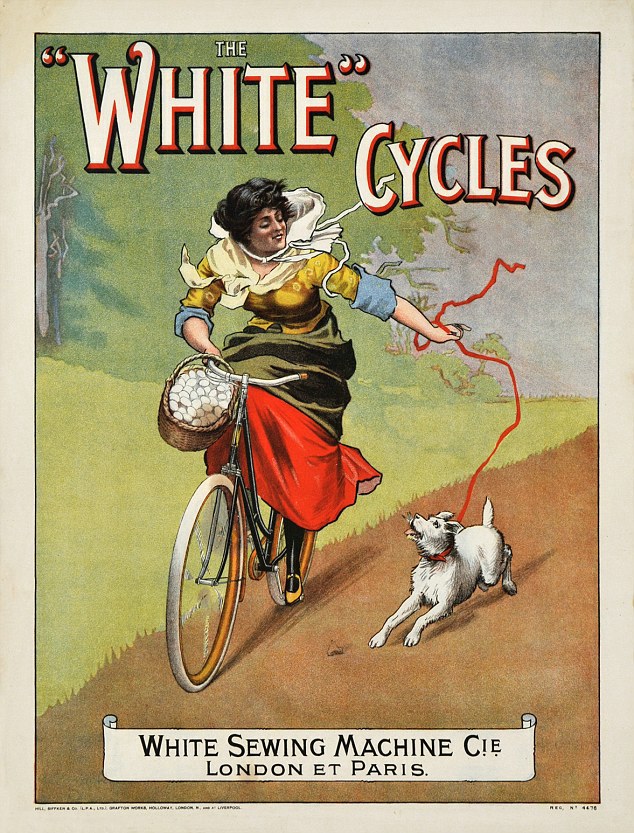
And corsets made breathing difficult for women even when they were relaxing; when it came to bicycle riding, women could do little but coast downhill without fainting.
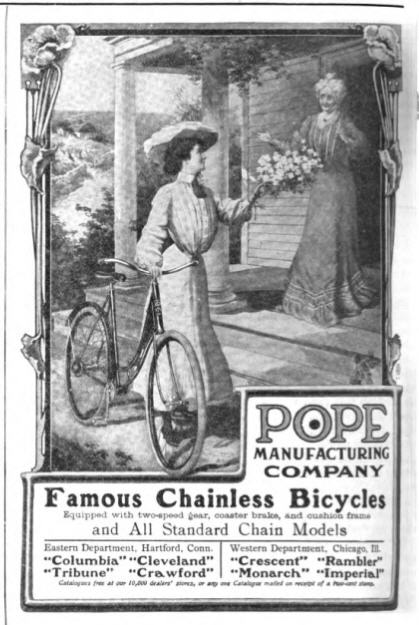
But that soon changed. As cycling became all the rage in America, a host of supporting industries sprang up. Clothing manufacturers produced ladies’ riding costumes.

And they marketed corsets designed specifically for the active woman.
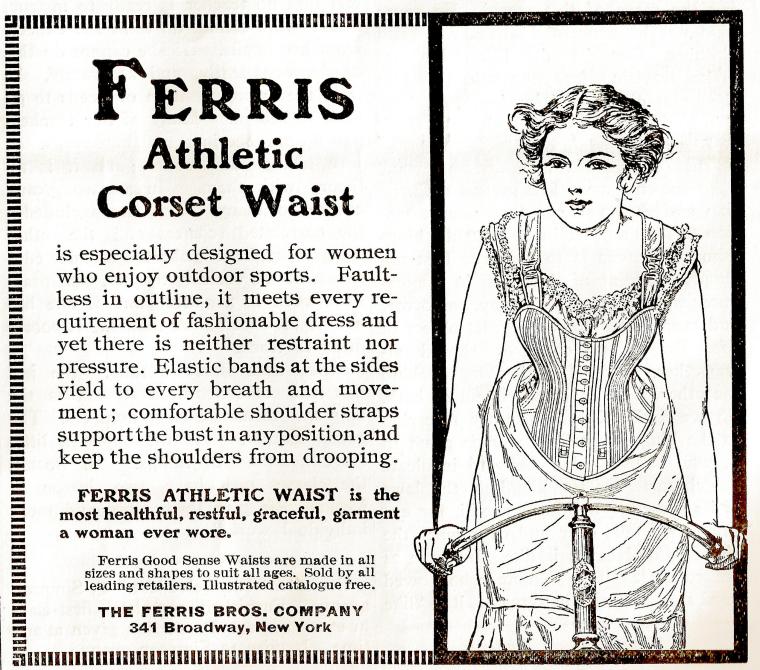
Bicycle manufacturers also began to cater to women riders. They designed new models exclusively for ladies; and they held classes on how to correctly mount and ride bicycles.

Ladies joined previously men-only bicycle clubs or formed their own.
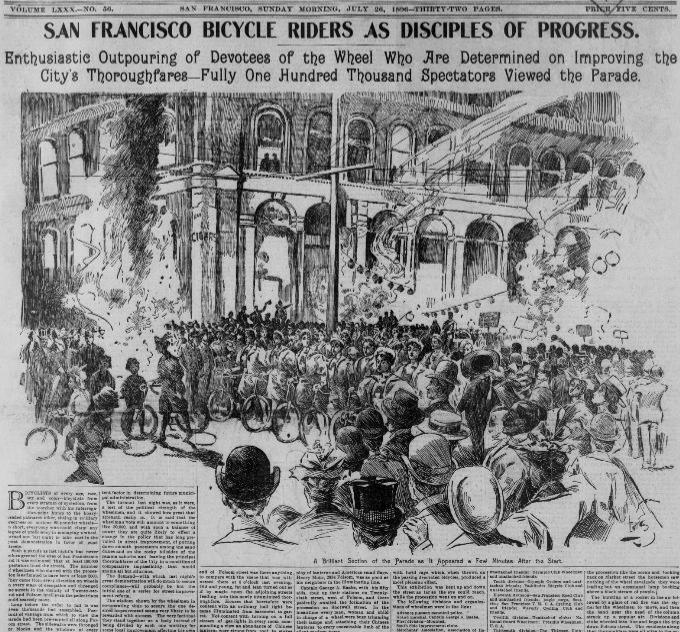
They published member magazines and sold guide books about the best routes for bicycle excursions through cities or into the countryside.
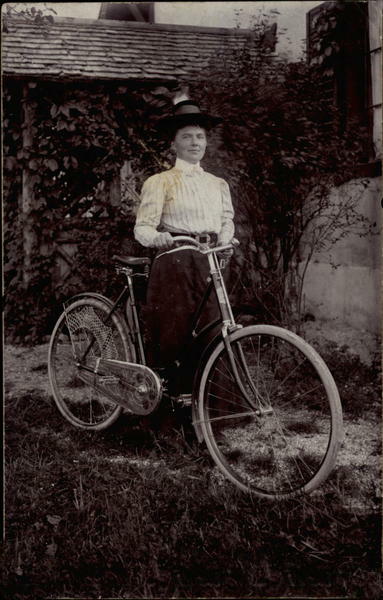
The bicycle opened up a world of new transportation and freedom for women back in the early 1900s; and today we celebrate the important place the humble bicycle still holds in our lives.
Here are some fun videos you can watch about early bicycling:
Restored footage of an 1899 display of bicycle riding by the Catford Ladies’ Cycling Club in London:
The history of bicycling in early Denver, Colorado:
A clip of “The 1900 House” featuring bicycle riding at the turn of the century:
.

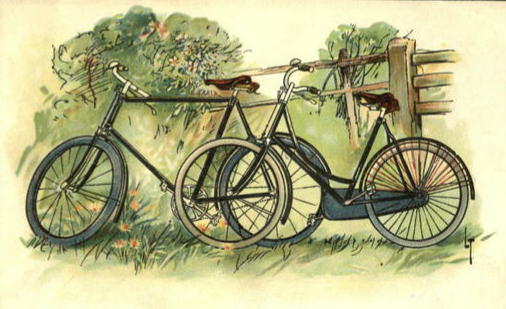

Sweet research! So fun to see how the bike has morphed over the years. I just wrote a post about how my home city started its first bike squad to bust “scorchers”. (Rogue bikers going 8mph.) Cheers!
8 mph was a hair-raising speed back then! I’m glad you enjoyed the post. —Jenny
Do you know who owns the copyright for the footage of the 1899 display of bicycle riding by the Catford Ladies’ Cycling Club in London? I work for a TV company in Auckland and I am interested in arranging clearance to use it for a show.
Thanks for our question, Heather! I’m not a copyright expert by any means, but my understanding is that the original footage is in the public domain and free to use. The YouTube footage I linked to has been altered by adding sound. I don’t know where the original film footage resides, but you might contact the Catford Cycling Club (still in existence!) to see if they can help. You can find their contact information at the bottom of their home page at catfordcc.co.uk. I hope that helps. Good luck in your search! —Jenny